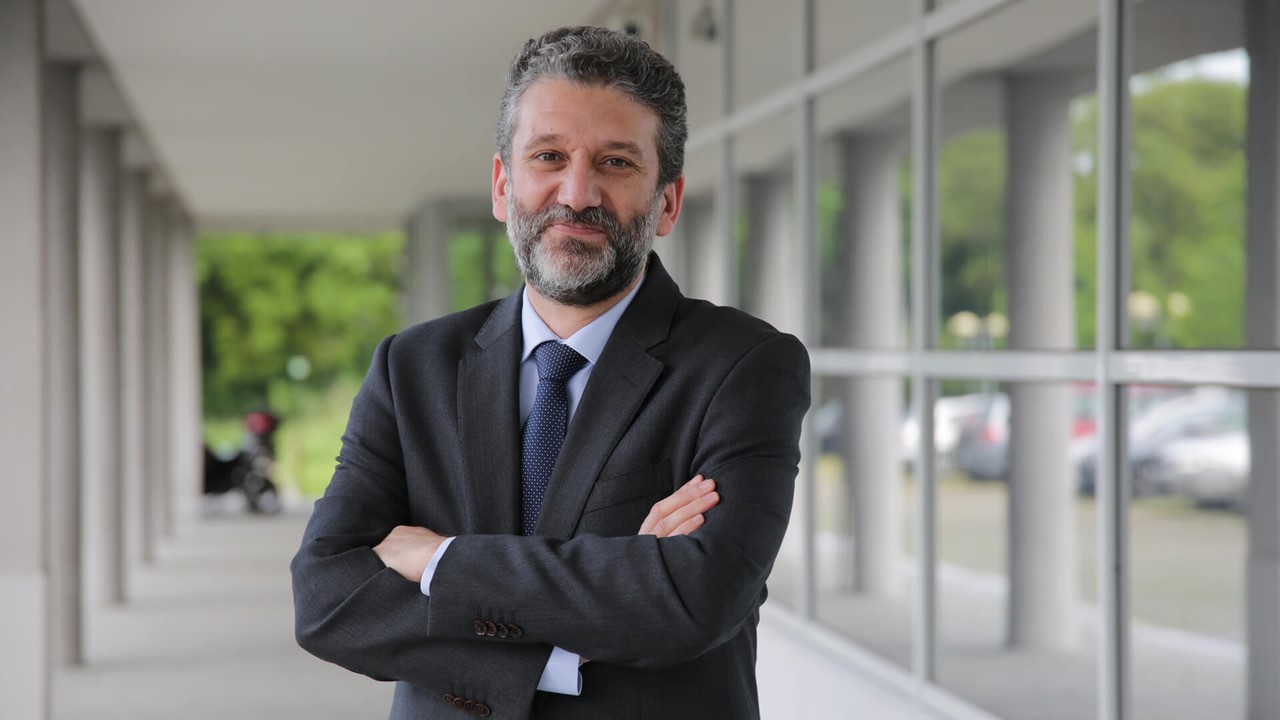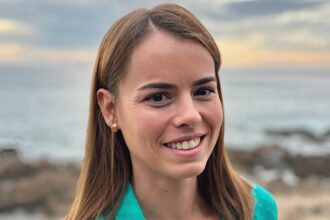INESC TEC: Innovation for a Sustainable Future
OCEAN CONNECTERS
In five questions & answers, João Claro, Vice-Chairman and CEO of INESC TEC, an affiliated institute of B2E CoLAB, provides examples of the impact of technological innovation on the development of the emerging blue bioeconomy sector. Don’t miss another segment of Ocean Connectors.
What are the main results of INESC TEC’s work in the field of the blue bioeconomy?
At INESC TEC, we build on the synergies between science and innovation to engage in a broad spectrum of opportunities, from highly industry-specific to more cross-cutting challenges. In the bioeconomy sector, our contributions have ranged from physical to software systems solutions, including, among others, optical- and bio-sensors for physical or chemical variables or specific organisms; heterogeneous data integration; virtual and augmented reality for visualisation of data and phenomena; communication solutions for adverse environments, including underwater; and multi-purpose robotic systems, operating above, at the surface and underwater, capable of perceiving the environment, navigating autonomously, performing complex missions and gathering new data.
A project in the field of the blue bioeconomy in which you have participated and of which you are proud.
A group of INESC TEC researchers recently collected environmental DNA samples in the Arctic in extreme conditions. The team used a technology called biosampler, which facilitates the task of biologists who will then analyse the samples. The biosampler is a Portuguese technology developed by INESC TEC and CIIMAR. It was tested in the extreme environment of the Artic, descending to 15 meters deep in the cold waters of the melting glaciers located in the Svalbard fjords – within the scope of the Connect2Oceans and MicroArctic projects, both funded by the Foundation for Science and Technology (FCT). The biosampler was coupled to a robot that allowed the autonomous operation of the two Portuguese technologies. The researchers returned to Portugal with samples collected in different points of the Arctic – now under laboratory analysis.
A project or idea that you would like to implement in the blue bioeconomy?
Different projects inscribed in the Recovery and Resilience Plan’s BlueFood Agenda would have a substantial impact in the medium term on aquaculture production in Portugal and a considerable impact in reducing unsustainable productions, imports, and CO2 emissions. The project’s vast ambition covers onshore and offshore challenges, proposing developing innovative feed solutions, nurseries, sensors, and operational and management software supported with predictive algorithms and digital twins. It also proposes new and automated offshore cages equipped with surveillance systems, real-time remote communications, robotic solutions to support different types of operations, new operations vessels for aquaculture, considering human constraints and adopting H2 as an energy vector, among many other fundamental projects to seriously tackle the lag of aquaculture production in Portugal.
How do you imagine the blue bioeconomy in 30 years?
The blue bioeconomy holds the promise of becoming a leading sector delivering true sustainability by converting innovation into well-balanced economic impacts and job creation, especially for currently less favoured regions, and significant impacts in the green transition, contributing to mitigating climate change and enhancing biodiversity and many of our critical ecosystems.
How important is the work carried out by the B2E CoLAB?
The B2E CoLAB is uniquely positioned in Portugal, at the convergence of academia and industry, to boost our national blue bioeconomy sector. Its first years of operation are clearly showing its ability to orchestrate partnerships and work across dimensions of talent development, science and technology-based innovation, and internationalisation to support the successful affirmation of our two high-potential sectors of focus for the CoLAB: biotechnology and aquaculture.





